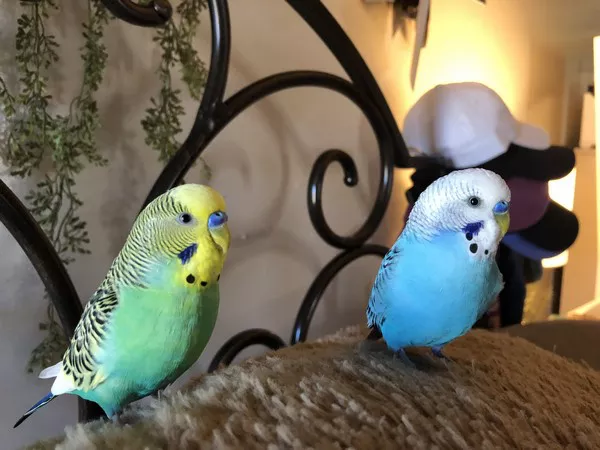Why do turtles tap faces? This seemingly peculiar behavior has intrigued both researchers and turtle enthusiasts alike. Turtles, known for their slow and deliberate movements, aren’t typically associated with social interactions, let alone tapping faces. However, this behavior has been observed in various turtle species, prompting scientists to delve deeper into the mysteries of turtle communication and social dynamics. In this article, we will explore the reasons behind the intriguing phenomenon of turtles tapping faces, shedding light on the significance of this behavior in the fascinating world of these ancient reptiles.
Understanding Turtle Behavior
Before delving into the specifics of face-tapping, it is essential to understand the general behavior of turtles. Often regarded as solitary creatures, turtles are known for their methodical movements on land and in water. However, recent research has revealed that some species exhibit social behaviors, challenging the traditional notion of turtles as entirely solitary beings. These social interactions can range from simple courtship rituals to more complex communication methods, such as the enigmatic face-tapping behavior.
See Also:Why Is My Turtle Rubbing His Eyes?
The Face-Tapping Phenomenon
Observations in the Wild
Face-tapping has been observed in various turtle species, both in captivity and in the wild. Scientists have documented instances where turtles extend their necks and gently tap the faces of their counterparts. This behavior is not exclusive to a particular age group or gender, further complicating the understanding of its purpose.
Intraspecific Communication
One hypothesis suggests that face-tapping serves as a form of intraspecific communication among turtles. Intraspecific communication refers to interactions between members of the same species. By tapping faces, turtles may convey information about their identity, social status, or reproductive readiness.
Courtship Rituals
Face-tapping has been linked to courtship rituals in certain turtle species. Male turtles, seeking to establish a connection with females, may engage in face-tapping as part of their elaborate courtship displays. The tapping may signal interest, readiness to mate, or the establishment of a social bond between potential partners.
Territorial Signaling
Turtles are known to be territorial, especially in their aquatic environments. Face-tapping could serve as a form of territorial signaling, helping turtles establish boundaries and communicate ownership of a particular area. This behavior may be more pronounced during the breeding season when competition for mates and nesting sites is at its peak.
Social Bonding
Turtles are not as antisocial as once believed. Face-tapping could play a role in the development and maintenance of social bonds within a group. This behavior may help strengthen relationships among individuals, fostering a sense of community among turtles that share the same habitat.
The Role of Chemical Communication
Chemical Signals in Tapping
Turtles are known to rely heavily on chemical cues for communication. When tapping faces, they may be transferring scent glands’ secretions, which contain information about their identity, reproductive status, or health. This chemical communication may play a crucial role in establishing and reinforcing social connections.
Pheromones and Reproductive Significance
Face-tapping might also be linked to the release of pheromones, chemical substances that trigger specific responses in other members of the same species. In the context of reproduction, the tapping could be a way for turtles to exchange pheromones, providing vital information about their reproductive readiness and increasing the chances of successful mating.
Individual Recognition
Turtles tapping faces could be a method of individual recognition within a group. By sharing scent information through face-tapping, turtles may establish and maintain a social hierarchy, facilitating smoother interactions and reducing potential conflicts among group members.
Conservation Implications
Behavioral Studies for Conservation
Understanding the intricacies of turtle behavior, including face-tapping, can have significant implications for conservation efforts. Behavioral studies provide valuable insights into the ecological needs of turtle populations, aiding in the development of conservation strategies that address not only physical habitats but also the social dynamics crucial for their survival.
Educating the Public
Increased awareness of the diverse behaviors exhibited by turtles fosters a deeper appreciation for these fascinating creatures. Educating the public about face-tapping and other social interactions can contribute to the overall conservation of turtle species by promoting responsible interactions and habitat preservation.
Conclusion
In unraveling the mystery of why turtles tap faces, scientists are uncovering the complex social lives of these ancient reptiles. From courtship rituals to territorial signaling and chemical communication, face-tapping serves multiple functions that contribute to the intricate web of turtle interactions. As our understanding of turtle behavior advances, so too does our ability to implement effective conservation measures and ensure the continued survival of these remarkable creatures in their ever-changing habitats.
Related Topics:
What Fruits and Vegetables Can Turtles Eat?
What is the Lifespan of a Loggerhead Turtle?
What Jellyfish Does Leatherback Sea Turtles Like?






















